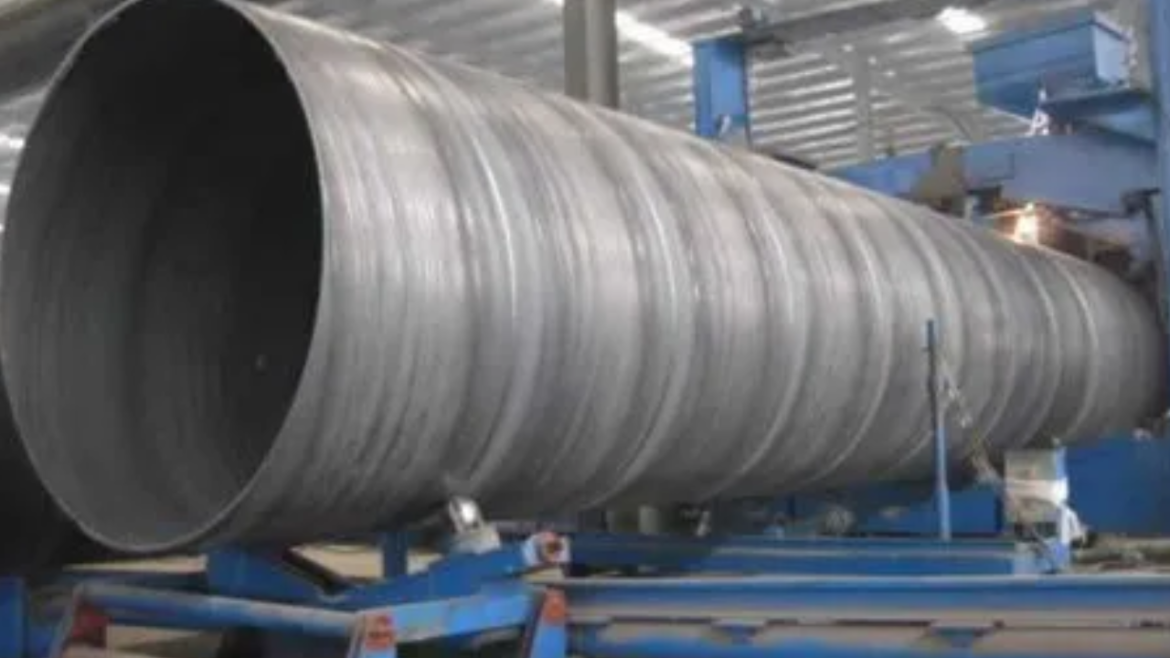These channels are broadly utilized in different businesses due to their quality, solidness, and cost-effectiveness. The measurements of ERW channels, counting their distance across, divider thickness, and length, play a vital part in deciding their appropriateness for diverse applications. Understanding how these measurements affect the execution and application of ERW channels is basic for selecting the proper pipe for particular employments. This article investigates the impact of ERW Pipe Dimensions- Electric Resistance Welded Tube, highlighting key components and contemplations within the determination handle.
How ERW Pipe Measurements Influence Their Applications
The measurements of ERW (Electric Resistance Welded) channels such as breadth, divider thickness, and length crucially impact their application. Bigger distances across upgrade stream capacity, thicker dividers move forward load-bearing strength, and shifting lengths influence dealing with and establishment. Selecting the correct measurements guarantees ideal execution and unwavering quality for differing applications, from auxiliary bolster to liquid transportation.
Effect of Breadth on Stream Capacity and Quality
The distance across ERW channels altogether influences their stream capacity and basic quality. Bigger distances across channels are planned to transport more noteworthy volumes of liquids or gasses, making them reasonable for applications such as oil and gas pipelines, water dissemination frameworks, and large-scale mechanical forms. The expanded distance across allows for higher stream rates and diminishes the chance of blockages or weight drops within the framework.
Then again, smaller distances across ERW channels are frequently utilized in applications where space is restricted or where lower stream capacities are adequate. These channels are commonly found in plumbing frameworks, HVAC frameworks, and different basic applications. The breadth of the pipe must be carefully coordinated to the necessities of the application to guarantee productive execution and unwavering quality.
Part of Divider Thickness in Load-Bearing Capacity and Solidness
Divider thickness is another basic measurement that impacts the load-bearing capacity and strength of ERW channels. Thicker dividers give more prominent quality and resistance to inside and outside weights, making them perfect for high-stress applications such as basic bolsters, heavy-duty pipelines, and weight vessels. The expanded divider thickness improves the pipe capacity to resist powers such as twisting, compression, and torsion.
In differentiation, thinner-walled ERW channels are utilized in applications where less load-bearing capacity is required, and cost reserve funds are a need. These channels are regularly utilized in less-requiring situations or for non-structural purposes. It is basic to choose the fitting divider thickness based on the expected loads and working conditions to guarantee the pipeâ’s security and execution.
Impact of Pipe Length on Taking Care of and Establishment
The length of ERW channels impacts their dealing with, transportation, and establishment. Standard lengths of ERW channels are ordinarily accessible in pre-defined increases, which can change based on industry measures and producer capabilities. Longer channels diminish the number of joints required in a pipeline or basic framework, minimizing potential focuses of disappointment and streamlining the establishment handle.
In any case, longer channels can be more challenging to handle and transport due to their estimate and weight. Extraordinary gear and coordination may be required to oversee these channels amid shipping and establishment. For applications requiring adaptability, shorter pipe lengths may be favored to encourage less demanding taking care of and fit inside compelled spaces. The length of ERW channels ought to be chosen based on the establishment environment and extended necessities.
Dimensional Resiliences and Their Affect on Execution
Dimensional resistances allude to the admissible deviations from the required measurements of ERW channels. These resistances influence the execution and compatibility of the channels with other components in a framework. Tight resiliences are significant for applications requiring tall accuracy and arrangement, such as in weight vessels, basic frameworks, and precision-engineered frameworks.
Free resistances may be worthy in applications where correct measurements are less basic, but they can lead to issues such as challenges in joining channels or irregularities in framework execution. Ensuring that ERW channels meet the specified dimensional resistances is fundamental for keeping up the general keenness and usefulness of the framework. Quality control measures amid fabricating are utilized to guarantee that channels follow to indicated resistances.
Customization and Uncommon Measurements
In a few cases, standard ERW pipe measurements may not meet the particular needs to an extent, driving the necessity for customized or extraordinary measurements. Customization can incorporate varieties in diameter, divider thickness, length, and other determinations to meet special application prerequisites. Extraordinary measurements are frequently required for specialized ventures, such as custom-built apparatus, interesting framework plans, or bespoke auxiliary components.
Producers may offer custom ERW pipe arrangements to accommodate these particular needs, but such choices can come with extra costs and longer lead times. It is critical to work closely with producers to characterize the precise necessities and guarantee that custom channels meet the fundamental measures and execution criteria for the aiming application.
Conclusion
The measurements of the ERW channel’s breadth, divider thickness, and length play a critical part in deciding their reasonableness for different applications. Each measurement impacts the pipe’s stream capacity, load-bearing quality, and durability, handling, and establishment contemplations. Understanding how these measurements influence the execution of ERW channels is vital for selecting the fitting pipe for particular employments. By carefully considering these components, engineers, and originators can guarantee that ERW channels meet the requests of their applications, contributing to the efficiency, safety, and unwavering quality of the frameworks in which they are utilized.
